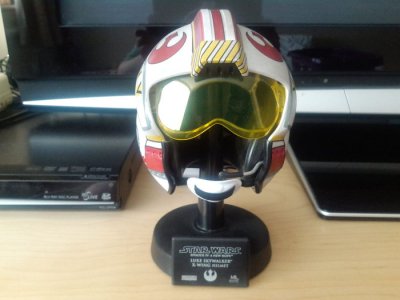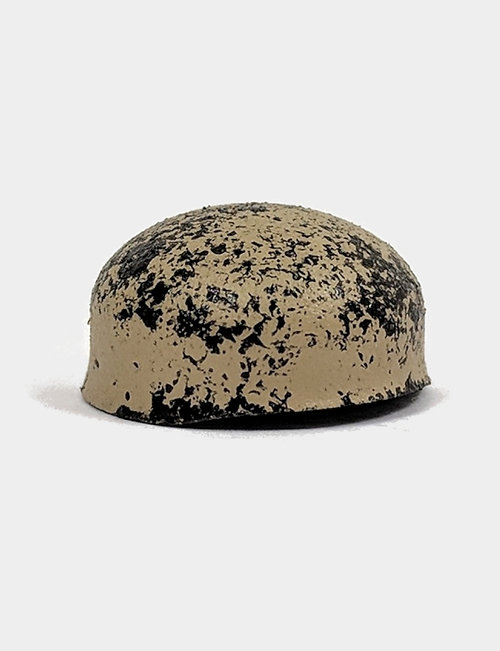I used that exact compressor model for years before I cot my current CAT compressor. It'll work fine for most brushes, but there are two accessories I HIGHLY advise to make the most of it.
1) A length of shop coil hose. Even if you're using this compressor right next to you on a bench. Attach the coil hose directly to the compressor, and attach your regulator/moisture trap to the other end, then run a regular AB hose from there to your brush. The coil hose will act as both a small tank and a surprisingly effective pre-condenser for the moisture trap.
Without the buffering "tank" volume of the coil hose, the compressor will transmit air to the brush in noticeable pulses, and more importantly the internal cutoff switch will make it CONSTANTLY flick on and off every two seconds while you're holding down the airbrush trigger. The coil hose will provide a buffer volume that smooths out the airflow, and provides enough consistent static pressure for the cutoff switch to behave as intended rather than spastically.
2) An external on/off switch (the modular sort you just plug the power cord into). This model of compressor has no on/off switch other than the internal pressure-based shutoff switch, so if you leave it plugged in (like at a hobby bench), the air line will always be pressurized, and the compressor will always kick on any time you detach your brush or a hose coupling (or at random times if your air line isn't 100% leak-proof). An external switch (I used a foot pedal switch, but you choose whatever's most practical for your workspace) makes operations that much neater, safer, and less annoying.
If I had caught you before you purchased it though, I would have recommended the compressor in my signature over this Badger compressor. The price is nearly the same, and the CAT compressor is superior in every way and doesn't need any accessories to "fix" (a separate moisture trap and more precise step-down regulator is still good, but that goes for nearly all compressors).


